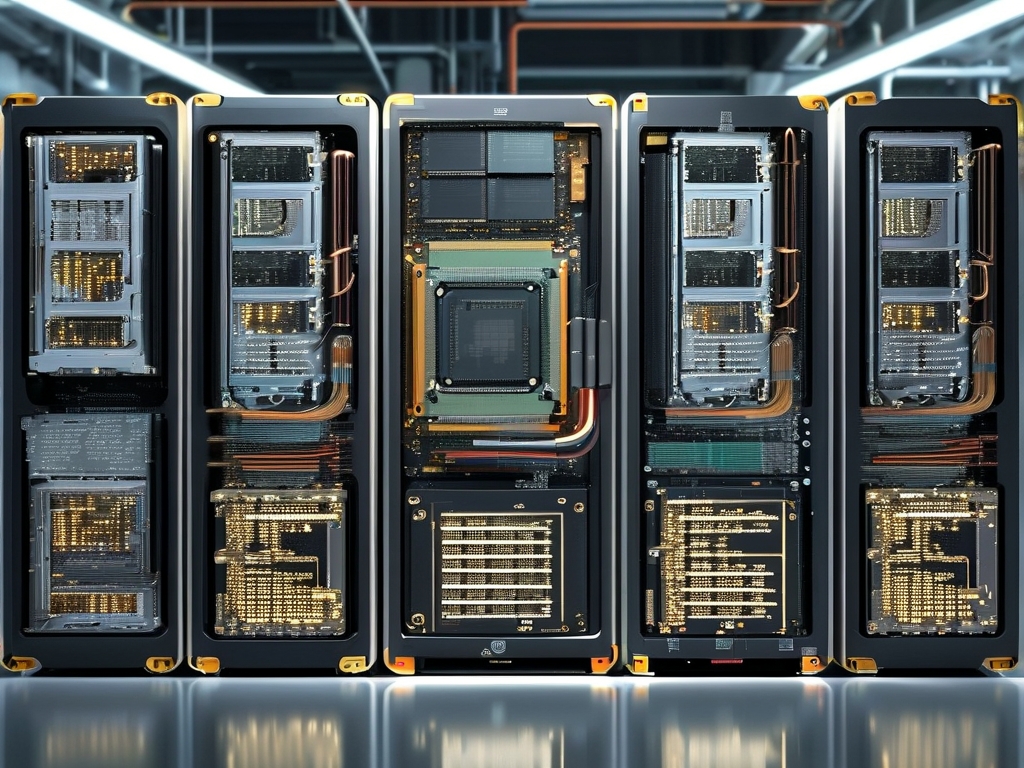The convergence of embedded software development and advanced chip design has become a cornerstone of modern technological progress. As industries demand smarter, faster, and more energy-efficient devices, the synergy between software and hardware continues to redefine what’s possible. This article explores how embedded software development shapes chip architecture, the challenges engineers face, and real-world applications transforming industries today.

The Symbiosis of Software and Silicon
Embedded software acts as the "brain" of microchips, translating hardware capabilities into functional solutions. Unlike general-purpose software, embedded systems are tailored to specific tasks, requiring developers to optimize code for memory constraints, power efficiency, and real-time performance. For example, automotive microcontrollers running safety-critical systems like anti-lock braking rely on software that executes within microseconds. This precision demands close collaboration between software engineers and chip designers during the R&D phase.
Modern system-on-chip (SoC) designs integrate CPUs, GPUs, and specialized accelerators, creating complex ecosystems. Developers now use tools like ARM DS-5 or IAR Embedded Workbench to debug code interacting with multiple processor cores simultaneously. Consider this snippet for a sensor-driven IoT device:
void sensor_interrupt_handler() {
uint16_t data = read_sensor(SENSOR_ADDR);
if (data > THRESHOLD) {
trigger_alert();
enter_low_power_mode(); // Power optimization
}
}
This code highlights how software directly influences hardware behavior, enabling features like adaptive power management.
Challenges in Cross-Disciplinary Development
One major hurdle is balancing performance with resource limitations. A wearable health monitor’s chip might have only 256KB of RAM, forcing developers to streamline algorithms. Techniques like loop unrolling or memory pooling become critical. Additionally, security has emerged as a priority. Connected devices require secure boot mechanisms and encrypted communication protocols, often implemented through hardware-software co-design.
Another challenge lies in thermal management. High-performance chips in robotics or edge computing generate significant heat, requiring software to dynamically adjust clock speeds. For instance, a drone’s flight controller might throttle processor performance during prolonged operation to prevent overheating, a decision governed by embedded firmware.
Industry Applications and Future Trends
From smart grids to medical implants, embedded software-chip combinations are revolutionizing sectors. In agriculture, soil sensors using LoRaWAN-enabled chips collect data processed by lightweight machine learning models directly on-device, reducing cloud dependency. Automotive companies leverage AUTOSAR-compliant software stacks to manage electric vehicle battery systems across multicore chips.
Looking ahead, the rise of RISC-V architectures is democratizing chip design. Open-source instruction sets allow developers to customize processors for niche applications, paired with tailored embedded software. Quantum computing co-processors also present new frontiers, demanding entirely new paradigms in low-level coding.
In , the fusion of embedded software development and chip technology is not just enabling innovation—it’s accelerating it. As boundaries between hardware and software blur, engineers must adopt hybrid skill sets to build the next generation of intelligent systems.









